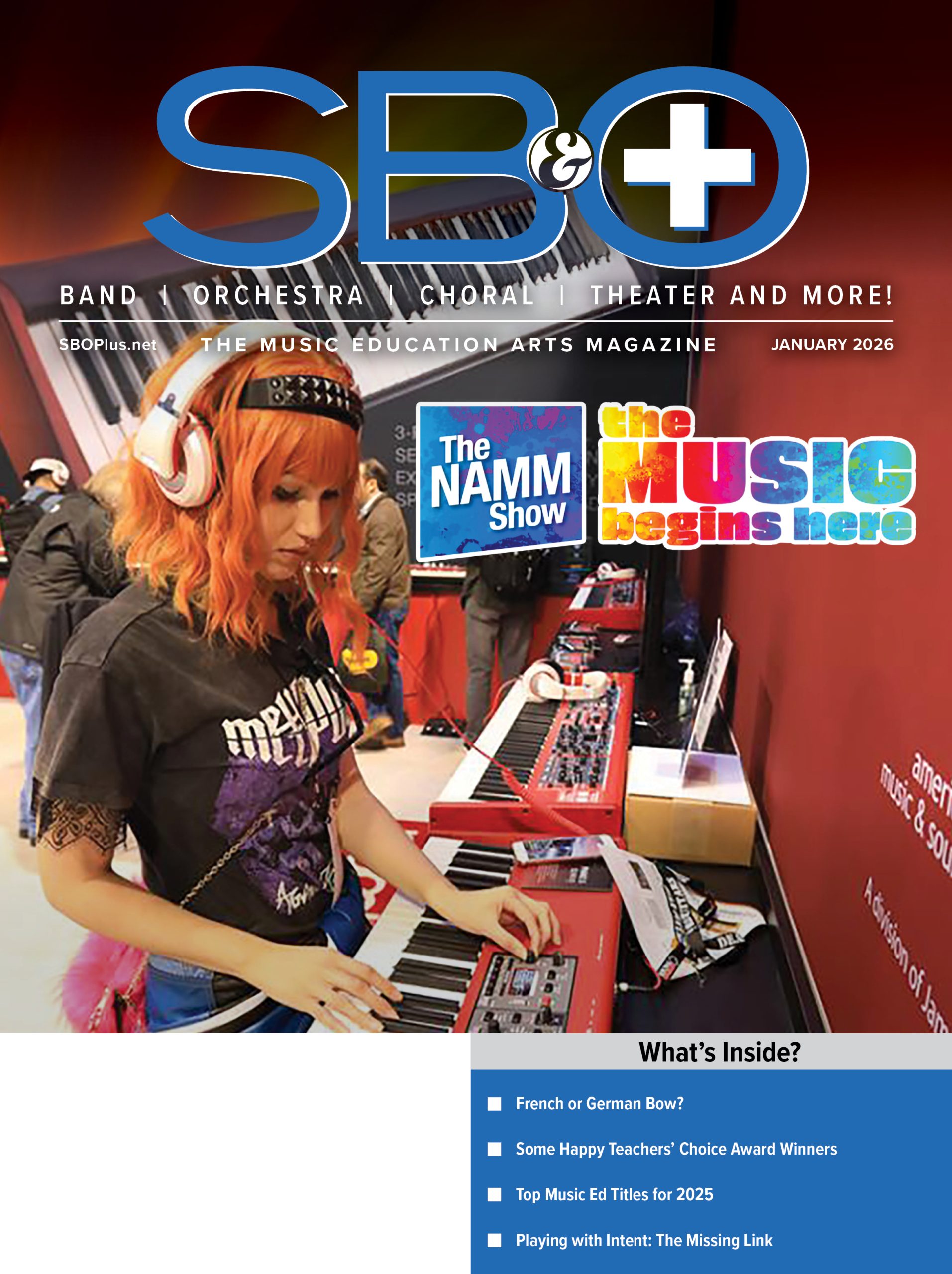By Deke Sharon
Contemporary a cappella has been around for over two decades, resulting in a dynamic and rhythmic sound that differentiates it from barbershop, doo wop, close harmony, and other a cappella styles. Here’s how I create great contemporary a cappella arrangements using a tried and true ten-step formula!
1) Choose a Song
Avoid songs performed by other a cappella groups. Be sure your group has a great opener and closer, and an encore, which are most effective if they’re up tempo and one solid ballad at your disposal.
2) Listen to the Original Repeatedly
Sometimes “doing the obvious thing” in an arrangement isn’t the most effective. When you’ve listened to a song to the point that you can hear it in your head, you’ve fully integrated it. This helps later, since you won’t need to listen back to the original recording as often.
3) Buy the sheet music/Look at & listen to other arrangements
“What? Isn’t that cheating?” There’s no ownership of musical texture, vocal runs, or arranging tricks. Artistry is knowing when and where to use these various elements. You shouldn’t lift entire passages note for note (that’s not appreciated by the original arranger), but you can appreciate what works, and learn from the less effective sections.
4) Decide on a Form
The longer the original, the more likely you’ll have to cut. Say what needs to be said as poignantly as possible. A 3-minute song on stage comes across as complete as a 4.5-minute radio tune! Since many songs are written for and recorded with instruments, there are often instrumental solos, long intros, and transitional passages that translate poorly to voices. If you’ve memorized your song completely, try singing through from start to finish, and see where you lose interest. Chances are your audience will as well.
5) Lay Out the Paper/Computer File/Sound File
Choose the number of staves and measures per page, and the number of parts. If you have a small ensemble, your choice is made for you. If you’re arranging for a larger ensemble, consider leaving at least two people per part unless you really know what you’re doing. Try to designate more basses/second altos, bass lines are drowned out live by screaming tenors (unless your group performs with microphones). Avoid having more than two parts per staff, as the singers will have difficulty following their part in the middle of a cluster. With two parts per staff, the upper voice should have “stems up” throughout, and the lower voice “stems down”.
Finally, “lay out” the song by counting the number of measures, and note where each section begins (verse, chorus, bridge, etc.). Fill in your clefs and key signatures. When you’re done, you’ll have a solid foundation!
6) Write Out the Solo
Take your “prepared” paper/computer file/sound file and write out/sing the solo line from the first measure through the last, including all rests. Having the solo line written down will keep you from losing your place while you’re arranging. Often, you’ll be turning from section to section, and you’ll be sure to know where you are if you have the solo line as a road map. The soloist doesn’t always sing the same notes and rhythms as the original, or the last time they performed the song. For this reason, you should clearly indicate what sections need to be sung as written to make the arrangement work as you intend.
7) Write Out the Bass Line
If the original bass line is unique or memorable, you’re probably going to want to duplicate it as closely as possible. If it’s not clearly definable, then you’re free to weave a bass line of your own. Consider vocal range, roots of chords, and the rhythmic feel as primary factors. The bass line is the song’s “second melody” and is usually the most recognizable line after the solo, so make it melodic, catchy, and fun. Don’t forget to factor in things like where your bass(es) is going to breathe, how fast they can articulate, and how well they sustain notes.
8) Write the “Uppers”
The other upper voices are usually treated as a unit in contemporary a cappella arranging, but there are multiple considerations. Some of these may include:
- Rhythmic variety (creating different rhythms from the solo and bass)
- Syllabic sounds (words? nonsense syllables?)
- Voice leading (avoid unnecessary jumps, make the background lines melodic)
- Duet/Trio (lock into the same words and rhythms as the melody)
- Block Chords vs. Counterpoint (all voices acting as a single unit vs. each line separate)
- Arpeggiation (still a unit, but spelling out chords by singing one note at a time)
- Instrumental idioms (voices written to imitate instrumental textures)
- Musical Styles (taking ideas from other genres: classical, close harmony, r&b, etc.)
- Quoting other songs (sometimes a fun, clever addition)
9) The Final Touches
Sing through the entire arrangement in your head. What does it need? Where is it too empty or too repetitious? Too busy? Do the sections fit together? Is there a build throughout the chart? Where are the weakest passages? Turn your “internal editor” off when you’re originally coming up with ideas, but NOW, turn it back on and look at your arrangement.
10) Perform and Learn
A great arrangement grows and changes as the group sings it, and a great arranger knows that no arrangement is finished until it tailor fitted to a specific group. When listening to the sing-through, focus on the chart and their performance of it. You’re arranging for the group, and it’s your fault if the arrangement doesn’t work — not theirs. Make them sound their best!



























